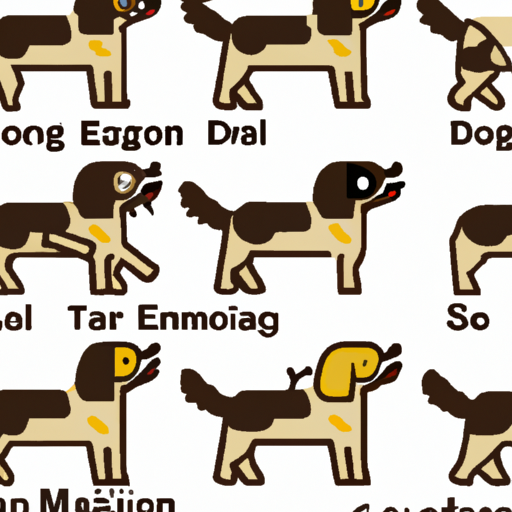In your role as a caregiver, you are likely always on the lookout for ways to better understand and respond to the needs of those in your care. If you’re also a dog owner, this desire extends to your furry friend. You’ve likely noticed that your dog’s tail seems to have a language all of its own. But what does a dog’s tail mean? Let’s dive in.
Understanding Your Dog’s Tail Communication
You’re likely familiar with the basic tail wag, a universal sign of a happy, excited dog. But a dog’s tail can tell you so much more. It can show you if they’re scared, nervous, or even feeling a bit under the weather.
Dogs communicate through their body language, and their tail is a significant part of that language. The position, movement, and speed of the tail can all provide clues about what your dog is feeling.
Tail Positions and What They Mean
The position of a dog’s tail can indicate their emotional state. Here are some common positions and what they typically mean:
- High and stiff: Your dog is alert and attentive. This could indicate aggression if paired with other body signals.
- Middle position: Your dog is relaxed and comfortable.
- Low or between the legs: Your dog may be scared or anxious.
Tail Wags and Their Significance
The way a dog wags its tail also carries meaning. Consider these movements:
- Broad wag: This is usually a friendly signal, indicating happiness or excitement.
- Slow wag with tail at half-mast: This can mean your dog is unsure or feeling insecure.
- Fast wag with tail at half-mast: This could indicate that your dog is worried or scared.
Dogs and Breed-Specific Tail Language
While tail positions and movements are generally universal, it’s important to note that different breeds may have slightly different tail language. For example, breeds with naturally curled tails like the Akita or Siberian Husky might not lower their tails even when they’re scared. Likewise, breeds with docked tails, like Boxers, have less tail to show their emotions.
| Breed | Specific Tail Language |
|---|---|
| Akita, Siberian Husky | Tails are naturally curled, so they may not lower them when scared. |
| Boxer | Tails are docked, so they have less tail to show their emotions. |
Frequently Asked Questions
Q: Can I use my dog’s tail to tell if they’re sick?
A: Changes in tail movement can sometimes indicate illness, but it’s best to consult a vet if you’re concerned.
Q: What does it mean when my dog’s tail is tucked between their legs?
A: This usually indicates fear or anxiety.
Q: Are there other ways dogs communicate through their body language?
A: Yes, dogs also use their ears, eyes, and overall body posture to communicate.
Remember, as a caregiver, your role is to provide comfort and understanding. By learning to interpret your dog’s tail, you’re taking a significant step in understanding their needs and feelings.



